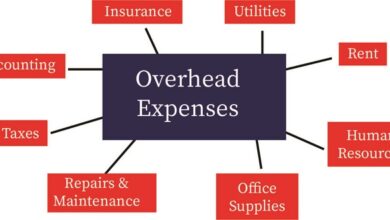Transmission Control Protocol (TCP) and The Internet Protocol (IP) Suite

Introduction
The Internet and the World Wide Web are based on TCP/IP. The term “TCP/IP” refers to not only the TCP (transmission control protocol) and IP (Internet protocol), but also includes other protocols, applications, and even the network medium. These protocols include UDP, ARP, and ICMP. These applications include telnet, FTP, Secure Shell, NFS, Web browsers and servers, and the many items collectively called the Web services. This chapter is an encyclopedic survey of these topics starting from the seven-layer OSI model to recent improvements in the implementations of the protocol stack and firewalls.
Layers
Computer networking is easier to understand as a stack of layers, each layer providing the functionality needed by the layer above it. There are two such models. The OSI (Open Systems Interconnection) model of computer networks has seven layers. Each layer provides functionality that the next higher layer depends on. The physical layer provides the physical means of carrying the stream of bits. Ethernet, Fast Ethernet, Wireless 802.11, T-carrier, DSL (digital subscriber line), and ATM are examples of this layer. All media are considered functionally equivalent. The differences are in speed, convenience, and cost. Converters from one media to another exist and make it possible to have different physical layers in a computer network.
Protocol Stack
The computer network literature talks of protocol stacks. Each item in the stack is a layer of software that implements a collection of protocols. In Fig. 1, the relative heights indicate the level of functionality and the dependency of the layers. Except for the layer marked “Physical” all others are software layers. The protocol stack is an integral component in a modern operating system
Lower Layers
In this section, we describe the layers that support the IP. The TCP/IP protocol family runs over a variety of network media including IEEE 802.3 (Ethernet) and 802.5 LANs, X.25 lines, satellite links, and serial lines.
Ethernet
Ethernet can support IP and other protocols simultaneously. Ethernet was invented in 1972 at Xerox PARC by Metcalfe and his colleagues. They named it so as to emphasize the capability of the physical medium to carry bits to all hosts, analogous to the “aluminiferous ether” of old physics. The word Ethernet now refers to 10 megabits-per-second (Mbps) transmission speed, Fast Ethernet refers to 100 Mbps, and Gigabit Ethernet refers to 1000 Mbps. The media varieties include the current twisted pair (10baseT, with RJ45 connectors), the original thick coaxial system (10base5), thin coaxial (10base2), and fiber optic systems (10basesF). Ethernet has been standardized by the Institute of Electrical and Electronics Engineers as IEEE
The internet protocol
IP [RFC 791] delivers a sequence of bytes from a source host S to a destination host D, even when the hosts are on different networks, geographically vastly separated. The byte sequence and the destination are given to the IP layer by the upper layer. The IP layer forms an IP datagram from the sequence. An IP datagram consists of an IP header followed by transport layer data. The IP layer software discovers routes that the packet must take from S to various intermediate nodes, known as routers, ultimately arriving at D. Thus, IP is routable. Each packet travels independently even when the host S wishes to send several packets to D; each packet delivery is made independently of the previous ones. The routes that each packet takes may change. Thus, IP is connectionless. The IP layer is designed deliberately not to concern itself with guaranteed delivery (i.e., packets may be lost or duplicated), but instead it is a “best-effort” system. The ICMP described later aids in this effort.
Last word
The protocol field identifies the protocol of the data area. The Header Checksum field is the 16-bit one’s complement of the one’s complement arithmetic sum of the entire header viewed as a sequence of 16-bit integers. The Source Address is the datagram’s sender IP address, and the Destination Address is the IP address of the intended recipient. The IP Options may or may not be present. When present, its size can be one or more bytes.
For more information please visit: argentina proxies





